Here is an idea for a picture book: The Graphic Wardrobe. In it, lavish illustrations would include such iconic garments as Yves Saint Laurent’s Mondrian dresses, Stephen Sprouse’s graffiti’d Louis Vuitton bags, and Peter Saville’s sneakers for Yamamoto. Scholarly essays would question the relationship between graphic patterns and the creations they inspired, and ask designers what motivates them to turn people into posters?
Vier5 Fashion Department, a menswear line by the Paris-based, German graphic design duo Achim Reichert and Marco Fiedler, would fit right in. Their contribution to the topic suggesting a paradigm shift: The End of Frivolous Fashion. Indeed, their work reflects the growing awareness that the manufacture of clothes, as performed today in sweatshops everywhere, is accountable for an upsurge in worldwide poverty.
Vier5 Fashion Department, a menswear line by the Paris-based, German graphic design duo Achim Reichert and Marco Fiedler, would fit right in. Their contribution to the topic suggesting a paradigm shift: The End of Frivolous Fashion. Indeed, their work reflects the growing awareness that the manufacture of clothes, as performed today in sweatshops everywhere, is accountable for an upsurge in worldwide poverty.
A Marxist ethos drives the Vier5 aesthetic. The means of production of the garments, more than their specific style, define their anti-brand, anti-fashion statements. Each outfit “looks and feels as if it had been designed by a friend or found somewhere.” The designers work with small manufacturers whose special imprint they fondly preserve. The absence of anonymous detailing is palpable—it’s the closest thing to couture with a conscience.
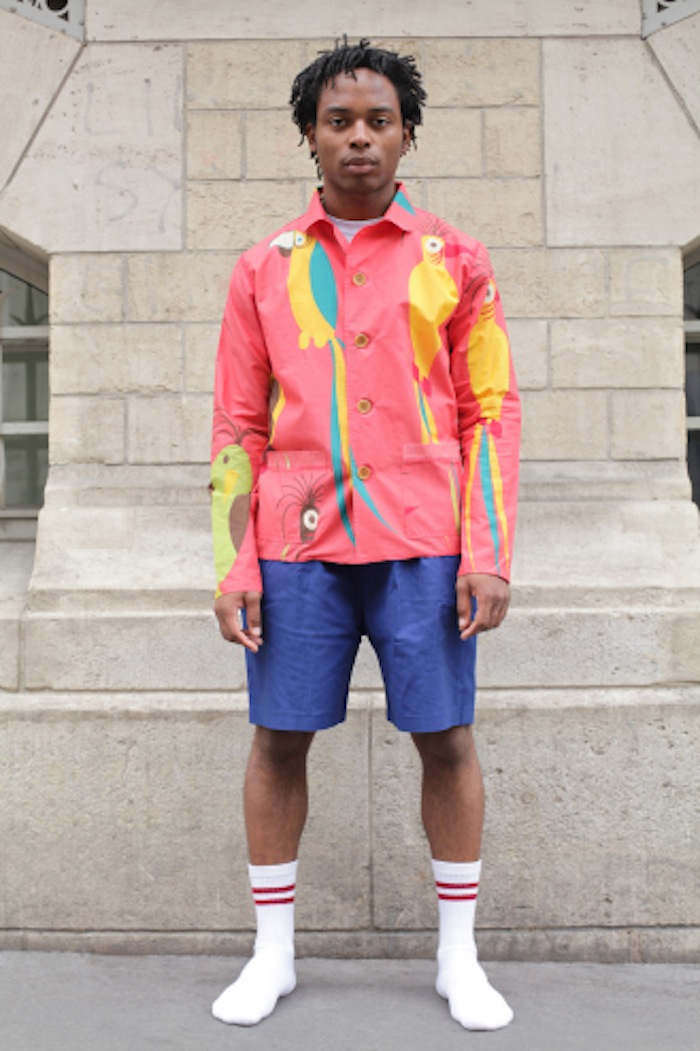

Two looks from the Vier5 Summer 2013 collection
The outfits they create are complex graphic collages that defy categorization, not unlike the posters and the identity programs Vier5 creates for cultural institutions (documenta 12, the Johann Jacobs Museum in Zürich, the Museum für Angewandte Kunst in Frankfurt, the Le centre d'art contemporain de Bretigny, or the Busan Biennale in South Korea). Staged right on the Parisian sidewalk, the Vier5 fashion shows are understated events, with models in white athletic socks marching in a meditative procession.
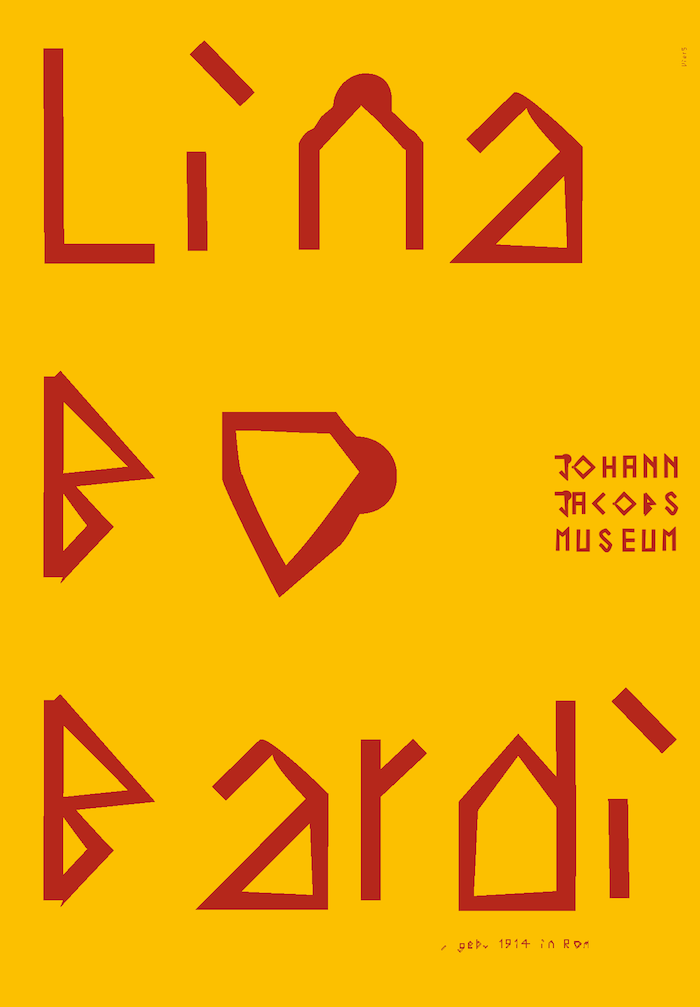
Poster for Lina Bo Bardi exhibition at Zurich's Johan Jacobs Museum
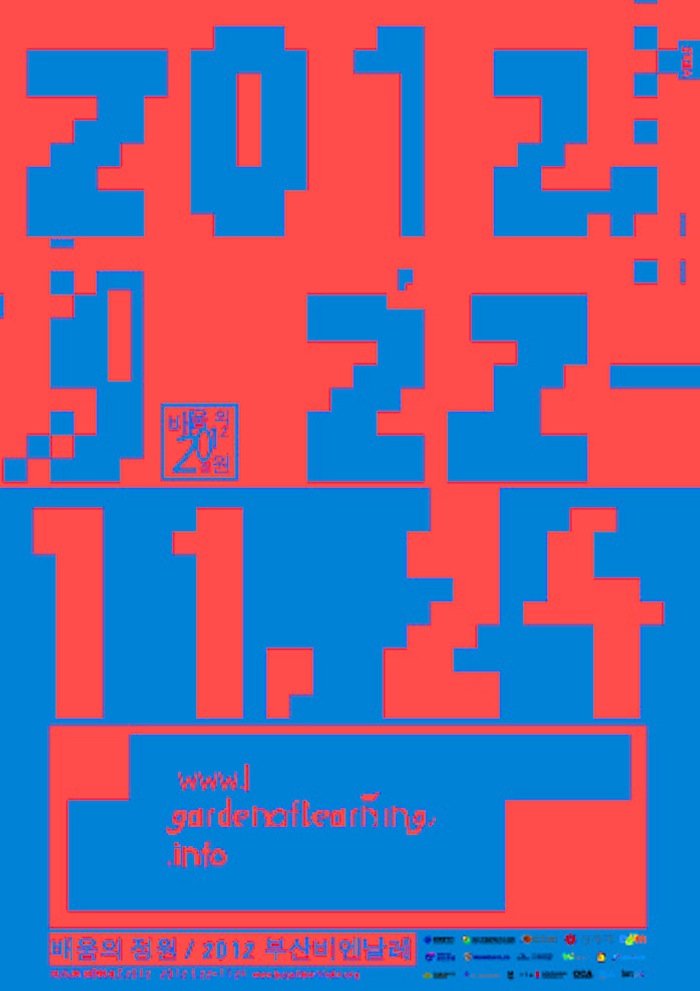
Poster for Busan Biennale
Concurrently, since 2003, Achim and Marco have edited and art directed a magazine, FT (short for Fairy Tale), a bi-annual fashion publication with a focus on conceptual photography. The black-and-white photographs, often shot in filmic sequences, feature young men rendered momentarily self-conscious by the presence of the lens. There is no attempt to hide the artificiality of the setup. Somehow, the camera-shy models make the fashion more real.
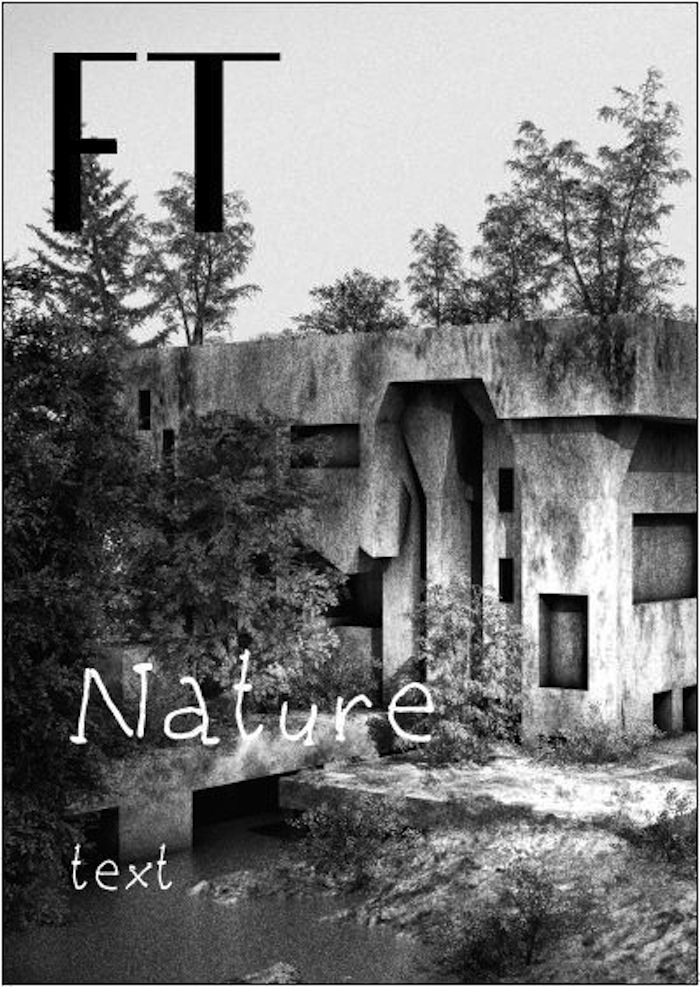 Fairy Tale, Nature/Text issue
Fairy Tale, Nature/Text issue
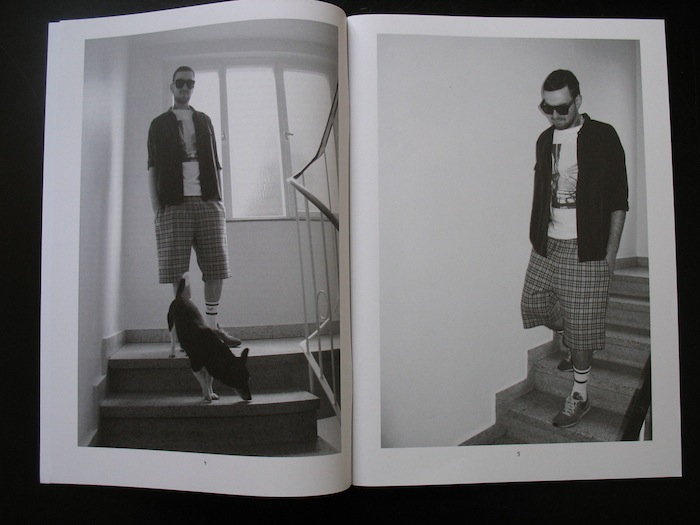
Fairy Tale, Next Picture


Poster for Busan Biennale
Concurrently, since 2003, Achim and Marco have edited and art directed a magazine, FT (short for Fairy Tale), a bi-annual fashion publication with a focus on conceptual photography. The black-and-white photographs, often shot in filmic sequences, feature young men rendered momentarily self-conscious by the presence of the lens. There is no attempt to hide the artificiality of the setup. Somehow, the camera-shy models make the fashion more real.
 Fairy Tale, Nature/Text issue
Fairy Tale, Nature/Text issue
Fairy Tale, Next Picture

Fairy Tale, cover of the New Beauty issue
Though not stridently political, the articles in FT embrace a radical point of view. The editors try to elicit a critique from inside the fashion world. Interviews are with are celebrity assistants, rather than celebrities themselves: Matt Magee, who took care of Robert Rauschenberg’s pet turtle, for example, or Peter Kempe, who worked for fashion designer Patrick Kelly in Paris. An ongoing column, “What do you do against poverty?” triggers long responses from obscure designers or artists. Among them is a well-documented article by contemporary artist Ines Doujak on the ugly realities of outsourcing, and a description, by Dr. Keith Thomson, of the surgical procedures performed aboard the Mercy Ship Anastasis in Sierra Leone.
Though not stridently political, the articles in FT embrace a radical point of view. The editors try to elicit a critique from inside the fashion world. Interviews are with are celebrity assistants, rather than celebrities themselves: Matt Magee, who took care of Robert Rauschenberg’s pet turtle, for example, or Peter Kempe, who worked for fashion designer Patrick Kelly in Paris. An ongoing column, “What do you do against poverty?” triggers long responses from obscure designers or artists. Among them is a well-documented article by contemporary artist Ines Doujak on the ugly realities of outsourcing, and a description, by Dr. Keith Thomson, of the surgical procedures performed aboard the Mercy Ship Anastasis in Sierra Leone.
Ultimately, the glue that binds all the Vier5 ventures is what Achim and Marco call their “laziness.” Their favorite location for fashion shoots is their own narrow staircase. They hire only one model per issue. They never answer the phone (preferring text messages). In general, they try to make due with available resources—Achim for the photography, Marco for the styling. Too laid back to break the rules, too indolent to compromise their values, not motivated enough to make a difference, they are immune to commercial pressures.
Unspoiled is the word that comes to mind.
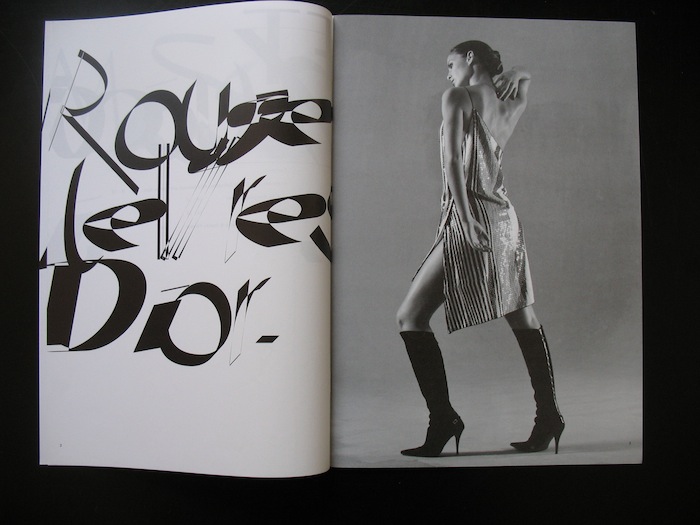
Fairy Tale, Dior spread
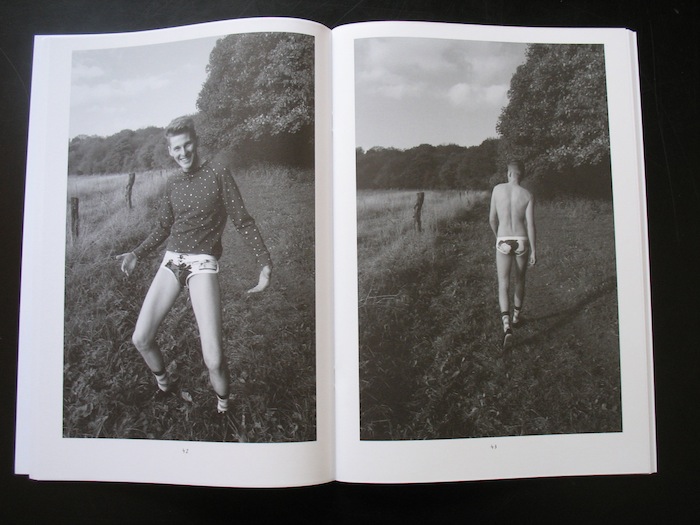
Fairy Tale, Boy spread

Fairy Tale, spread from the New Beauty issue
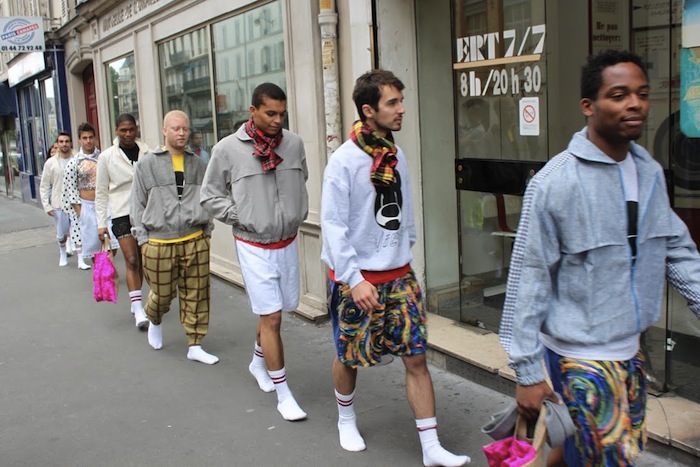
Vier5 fashion show, Summer 2014
